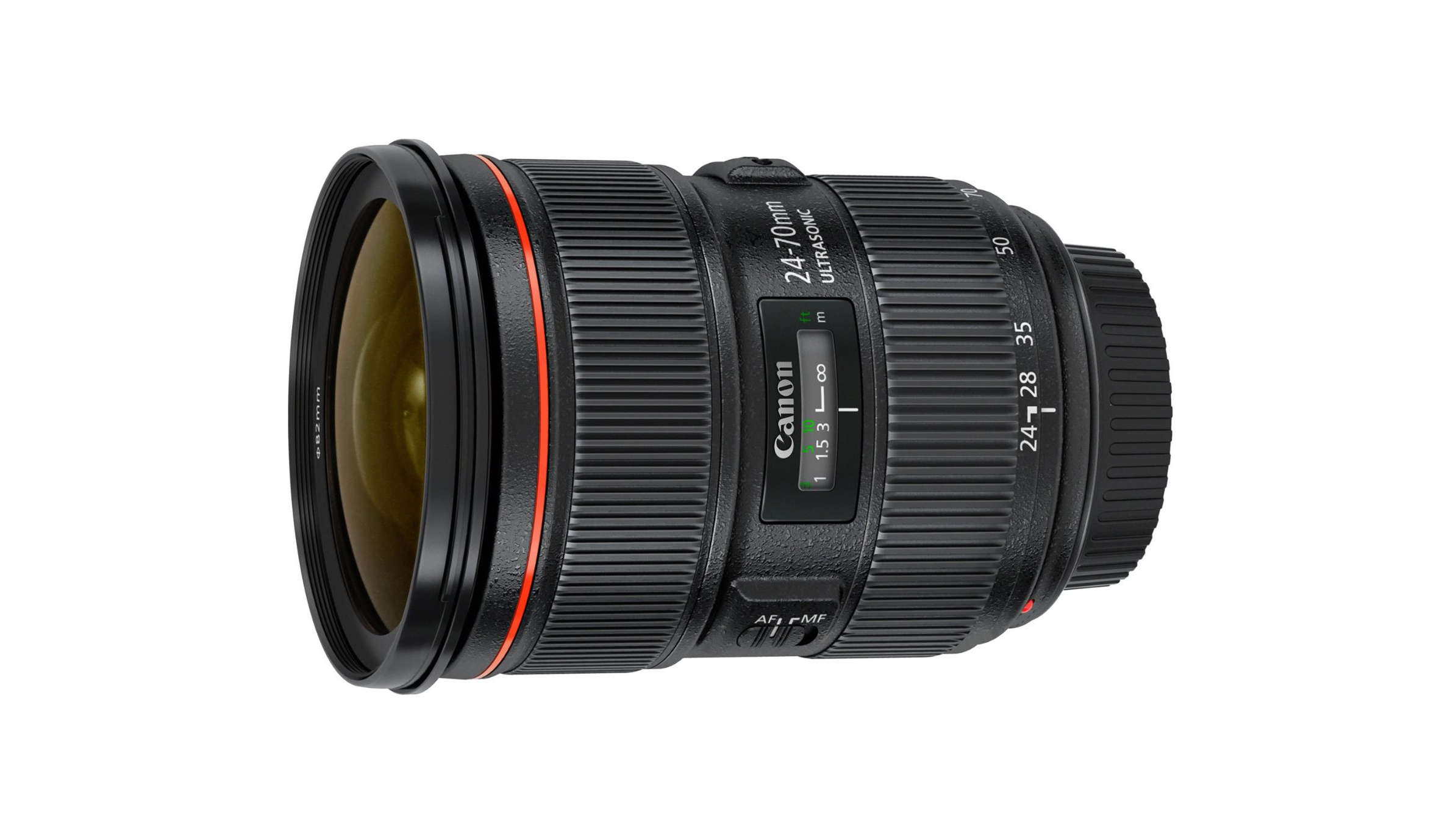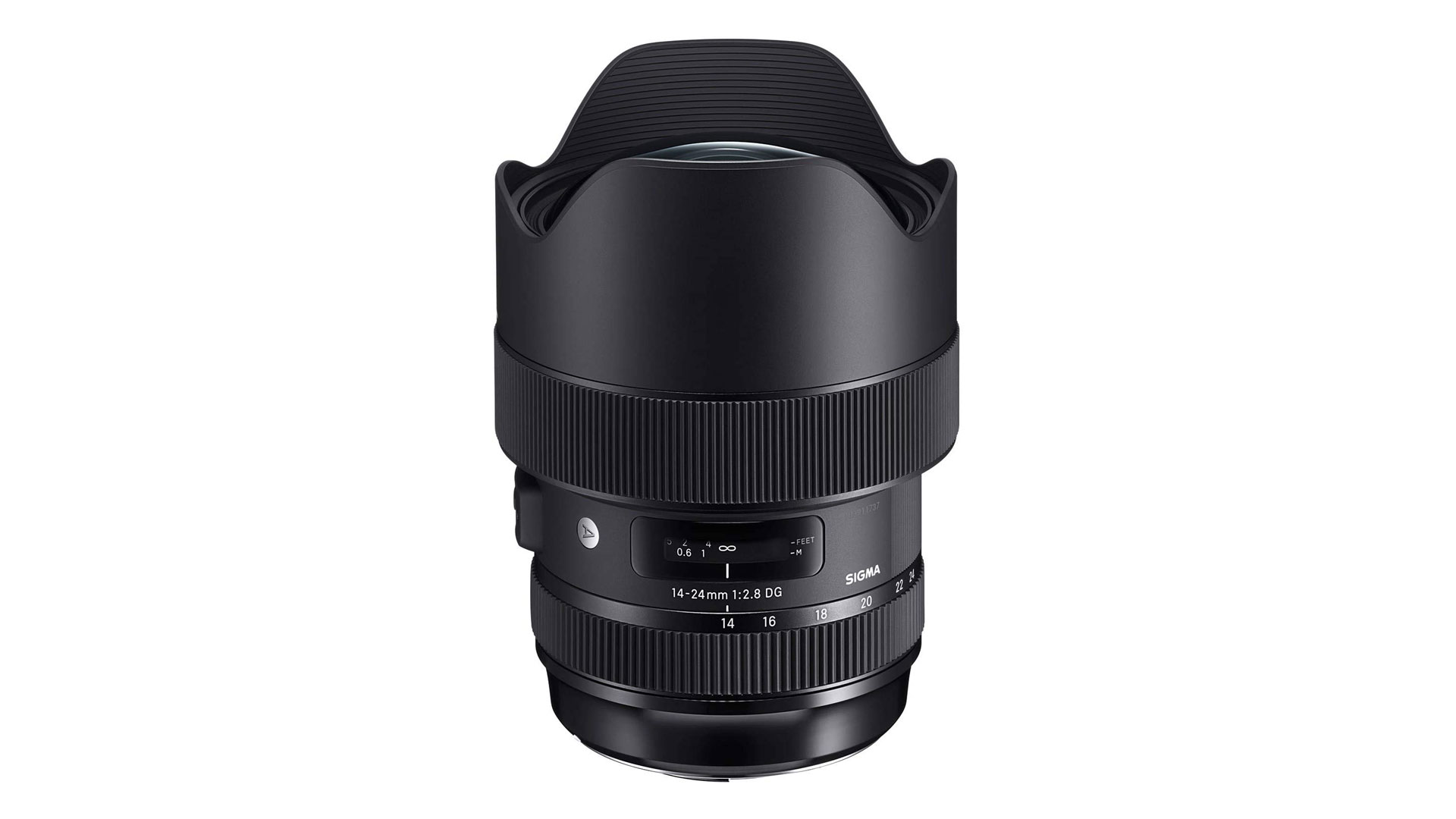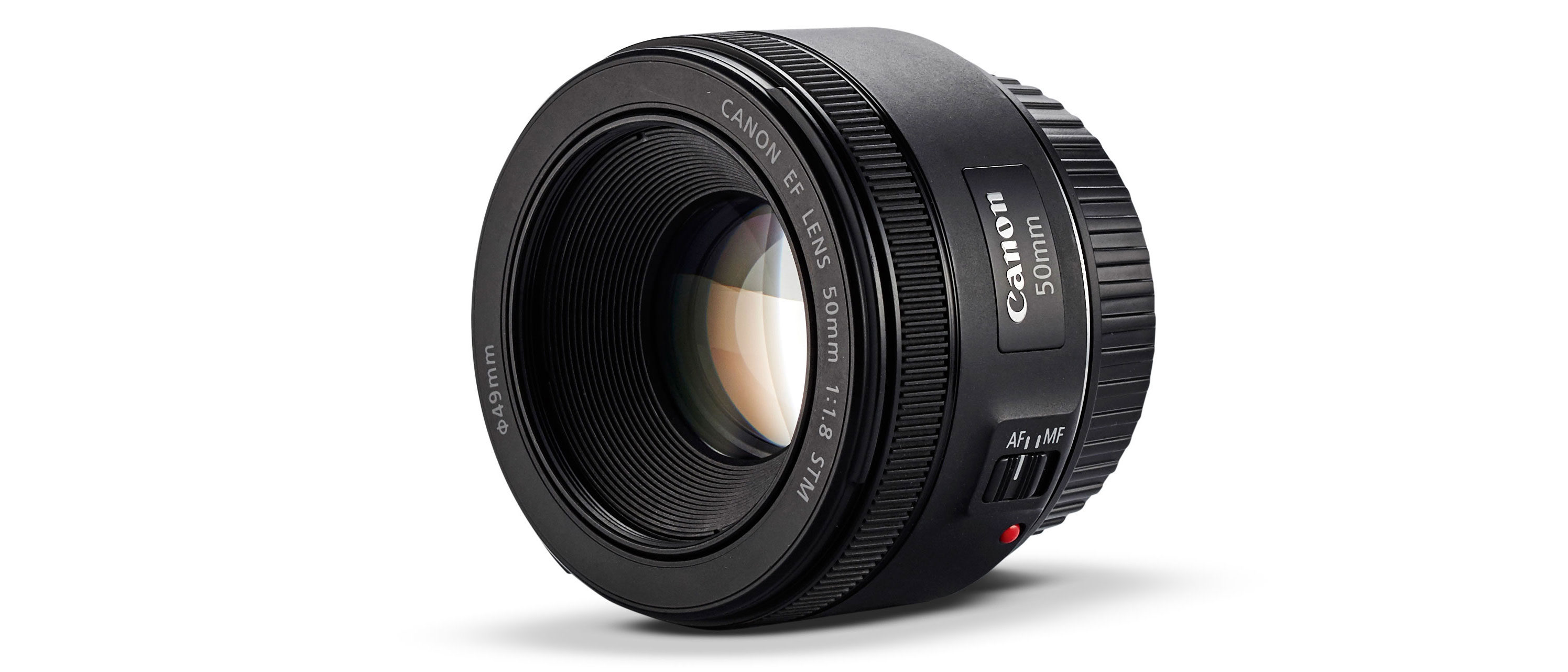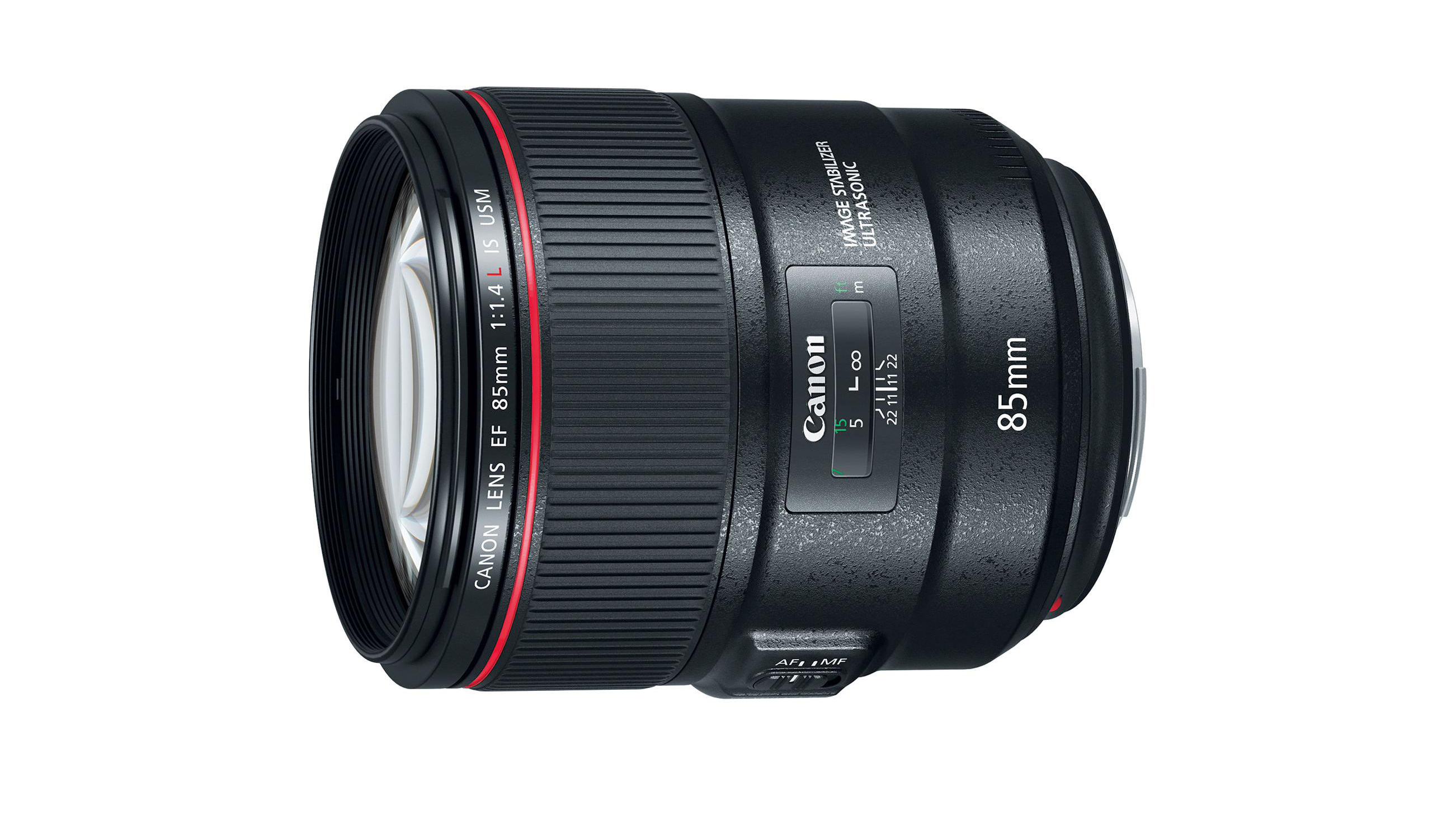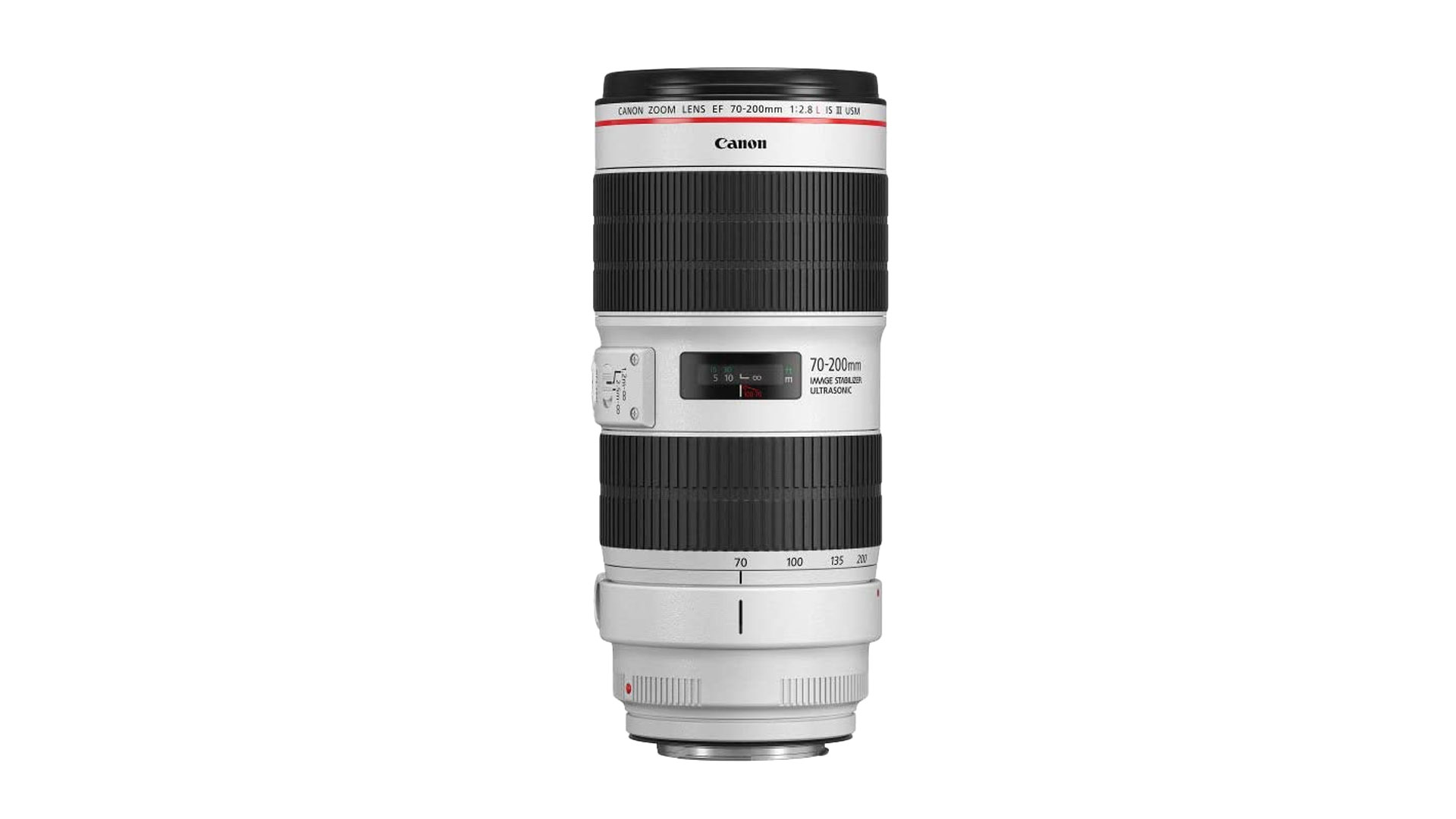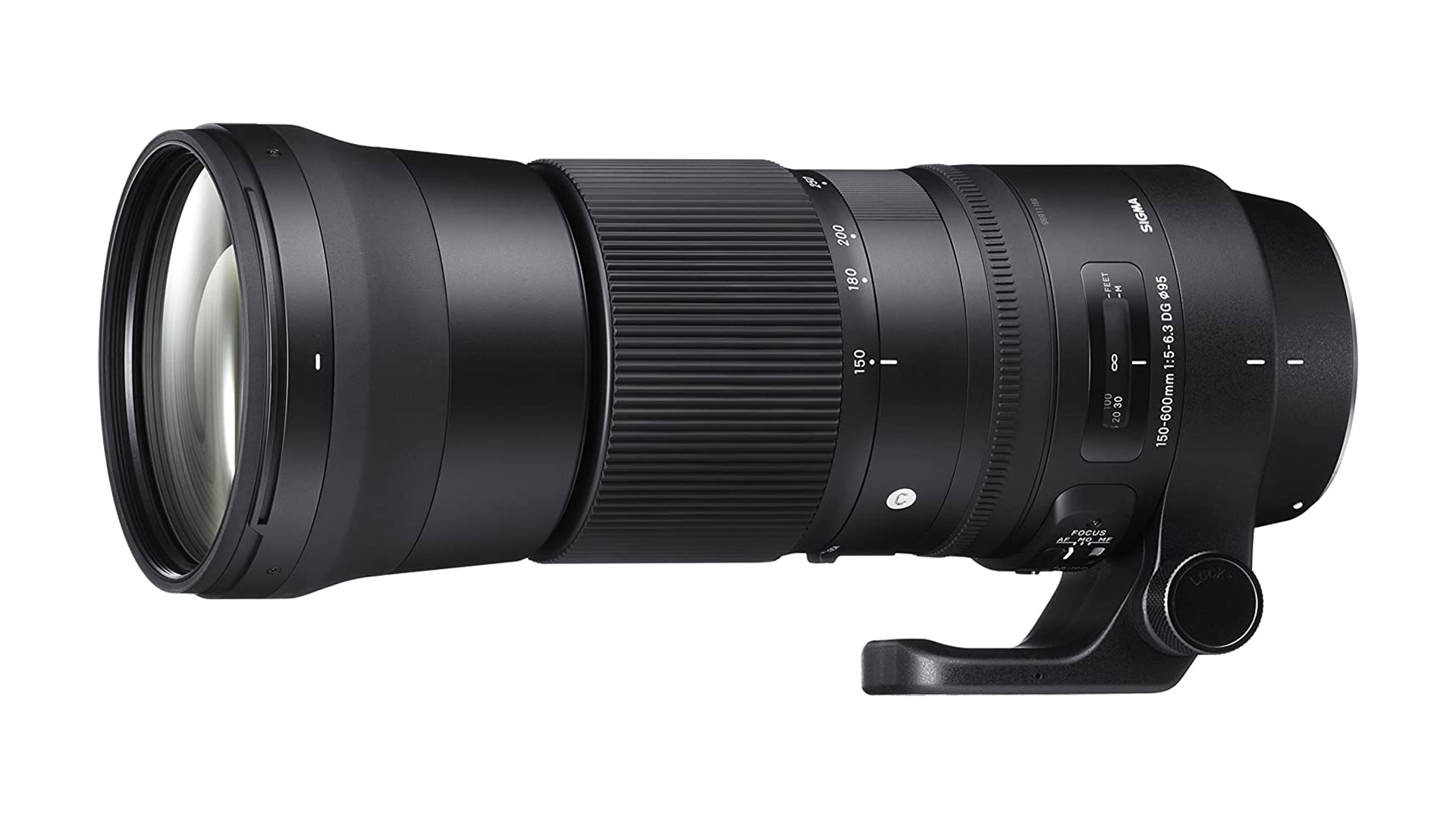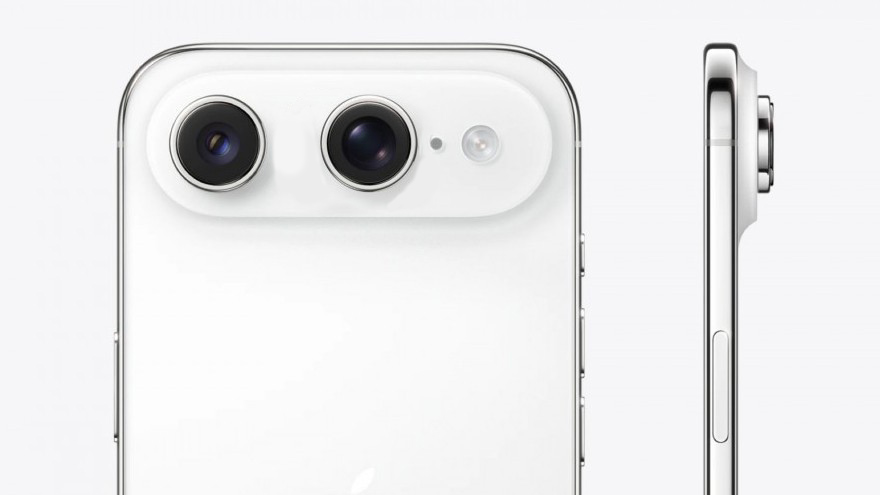The best lenses for the Canon EOS 5D Mark IV
Let me guide you through the best primes and zooms for the Canon EOS 5D Mark IV DSLR, a surefire way to make a great camera even better.
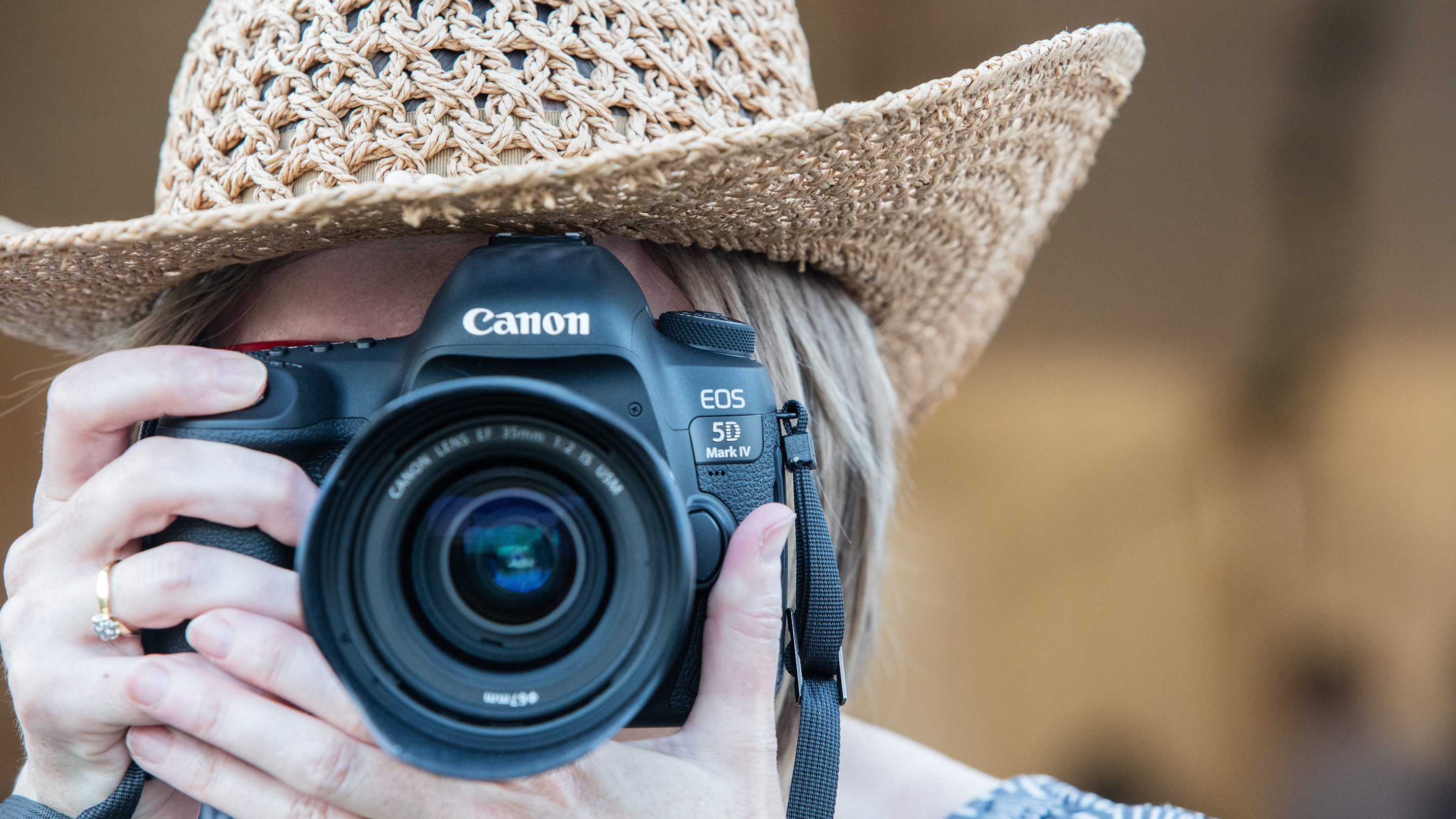
I don’t feel the need to give the Canon EOS 5D Mark IV much of an introduction. It’s achieved somewhat legendary status as a top-ranking DSLR for professional and enthusiast photographers. Sure, it doesn’t sit quite at the top of Canon’s DSLR camera tree - that spot is reserved for the 1D-X series. But the 5D Mark IV is more compact, lightweight and affordable, so it’s equally suitable for pro photographers who want to travel light or keep an eye on the bottom line, as well as being eminently suitable for enthusiasts and serious amateurs who need a full-frame DSLR to take everything to the next level.
Call me old-school but I’m still of the opinion that even the best camera body is only as good as the lens mounted on it. Upgrade your camera body puts high-end lenses firmly on the wish list, and there are plenty to choose from, either own-brand optics from Canon or competitors from independent lens manufacturers. I’ve selected some of the very best lenses for this guide, to suit all sorts of photographic genres from everyday shooting, through landscape and wildlife photography, to portraiture and even astrophotography.
Features that make the best lenses stand out are built-in image stabilization for keeping shots steady during handheld use, superior lens coatings, fast autofocusing, wide apertures, and glass that reduces color fringing and ghosting. So if any of that sounds appealing, especially if you’re seeking a lens for specific uses such as weddings, wildlife or real estate, bear that in mind as you make your way through my guide.

Jase Parnell-Brookes is an award-winning photographer, educator and writer based in the UK. They won the Gold Prize award in the Nikon Photo Contest 2018/19 and was named Digital Photographer of the Year in 2014. After completing their Masters, Jase has spent a good chunk of two decades studying and working in photography and optics. Now the Channel Editor for Cameras and Skywatching at Space.com, their speciality is in low-light optics and camera systems.
The Quick List
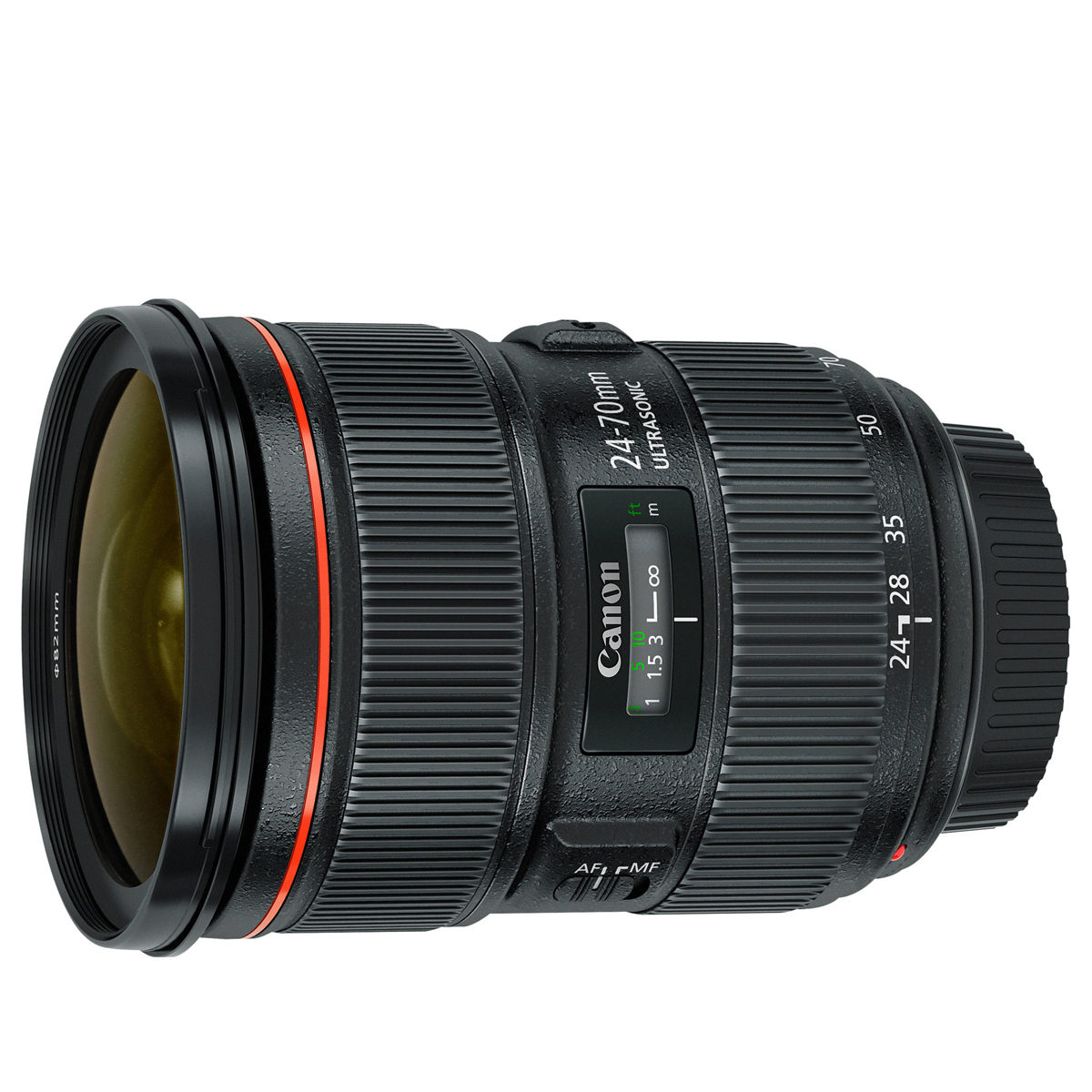
With a versatile focal length range, a fast aperture and weather sealing, I love that this zoom can handle all my general shooting needs. Read more below…
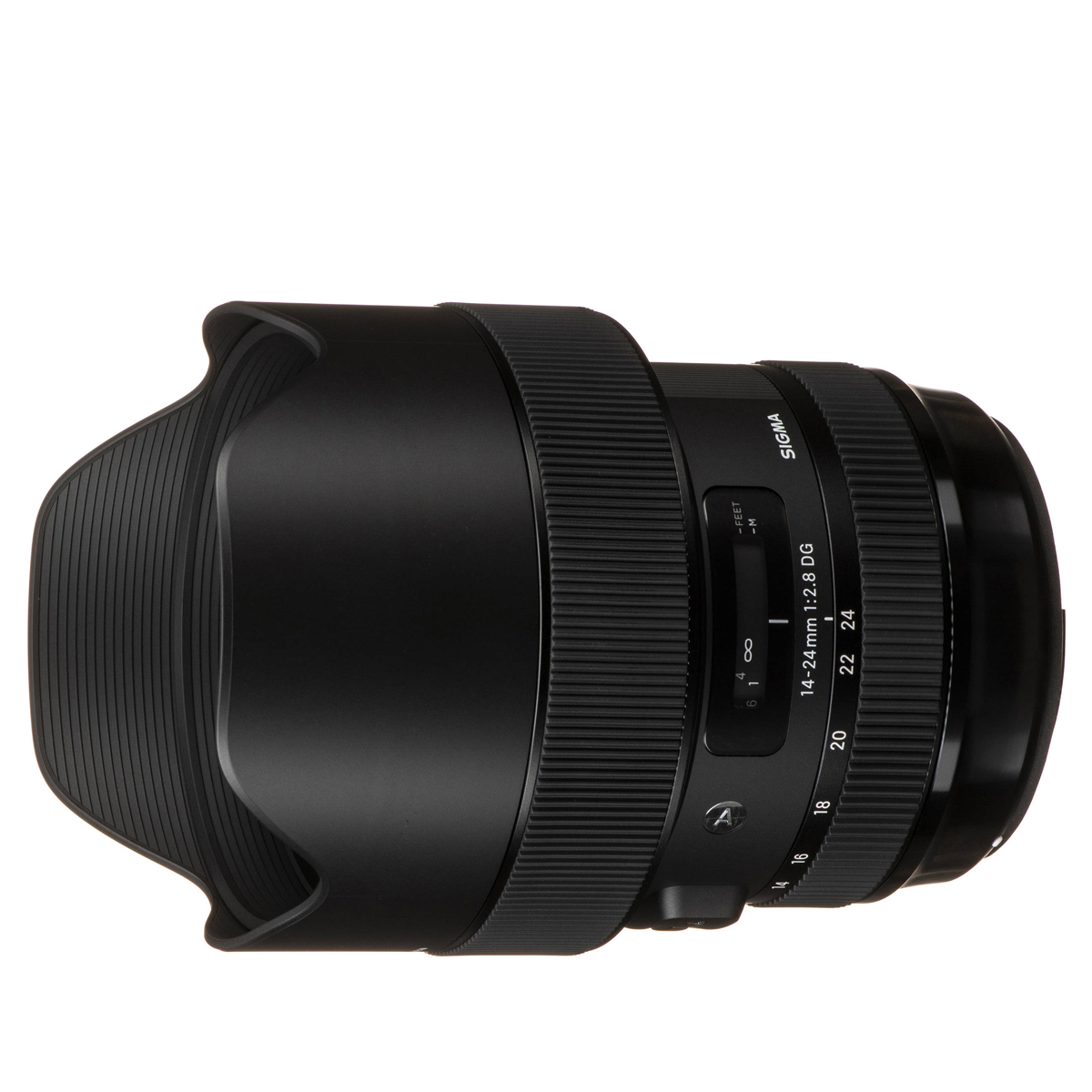
I find that the combination of a wide-angle zoom range and a fast aperture make this lens great for night skies as well as landscapes. Read more below…
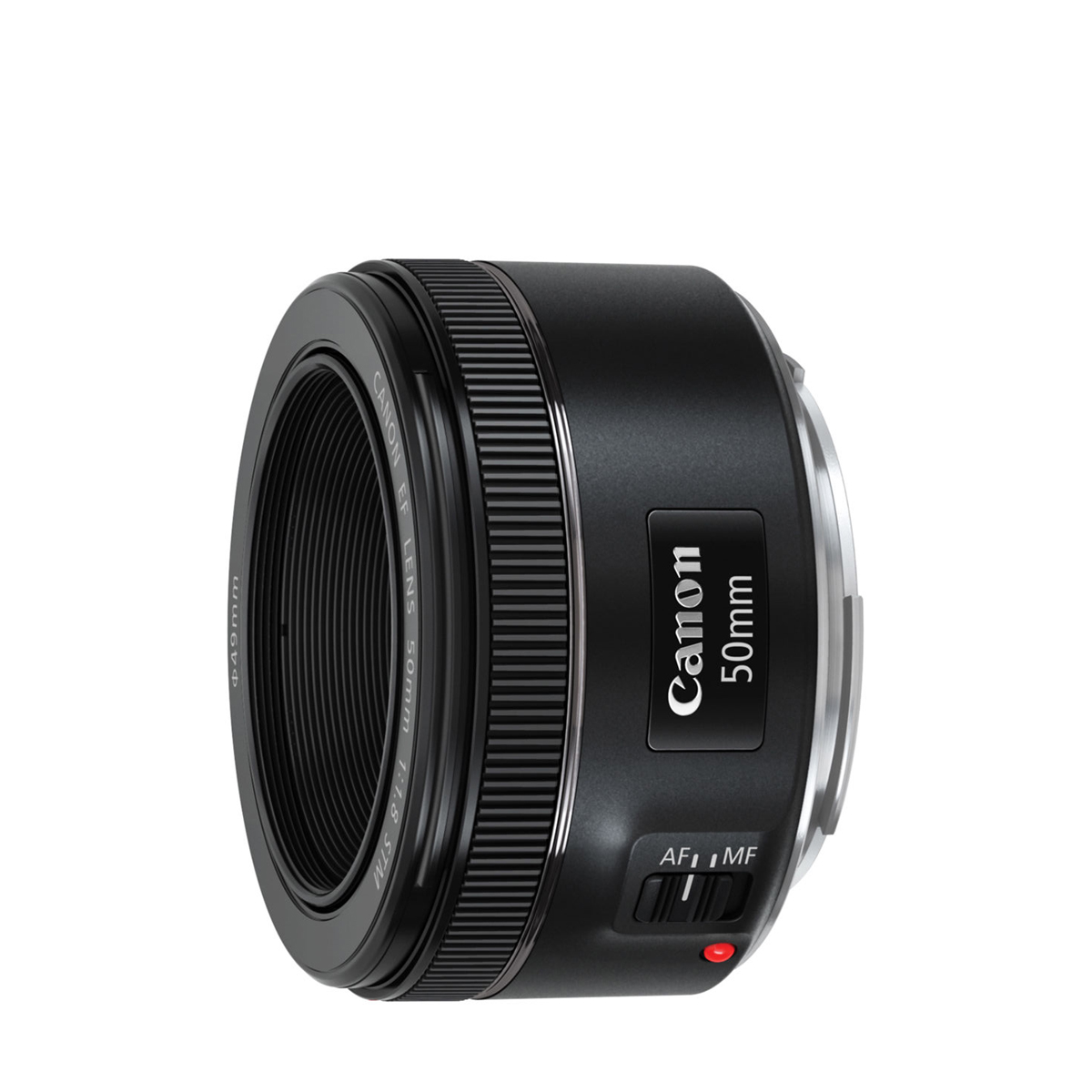
I think that this is a deservedly classic lens in the Canon lineup, with excellent performance delivered for a knockdown price. Read more below…
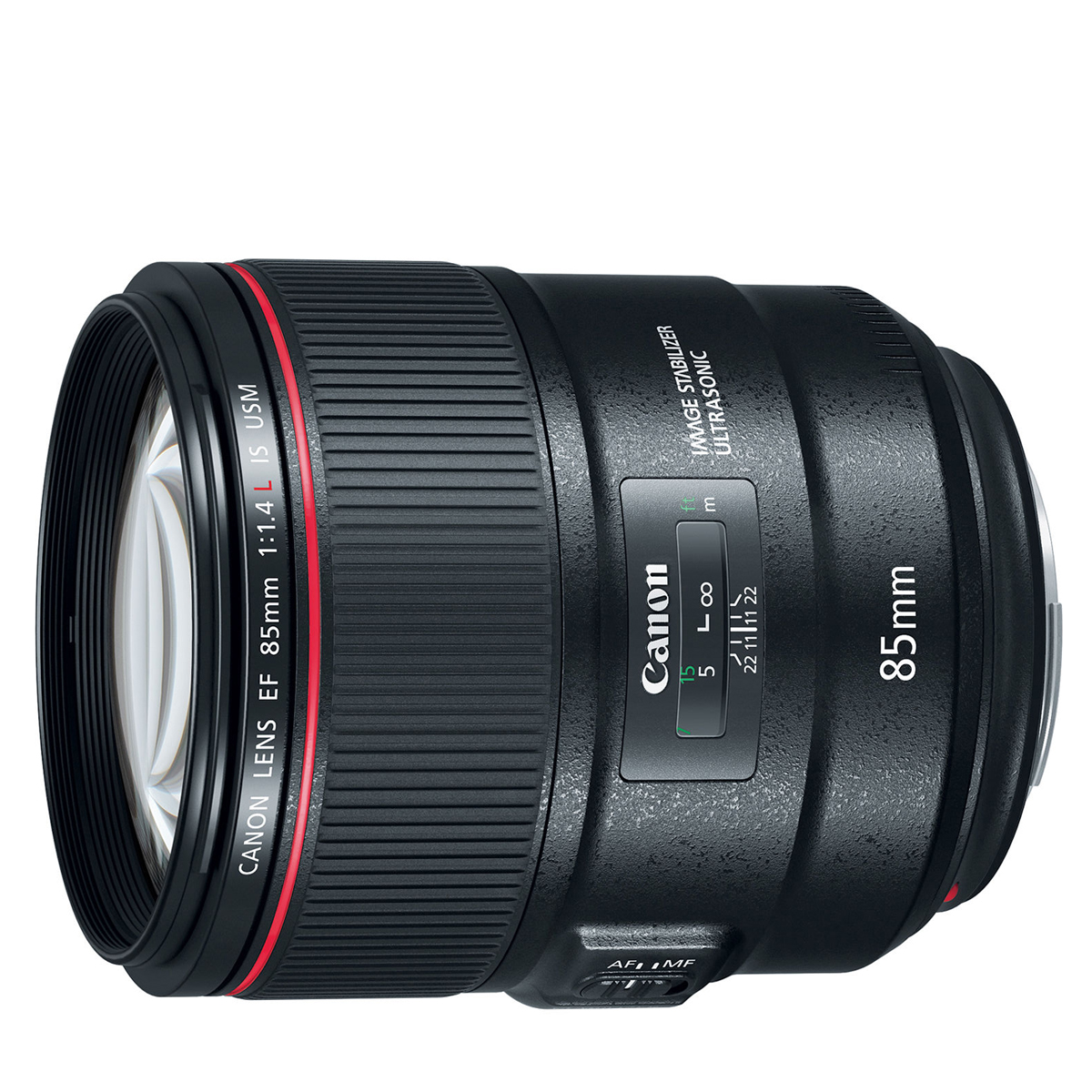
This prime has the perfect focal length for portraiture, and I love its wonderfully smooth bokeh to help subject stand out. Read more below…
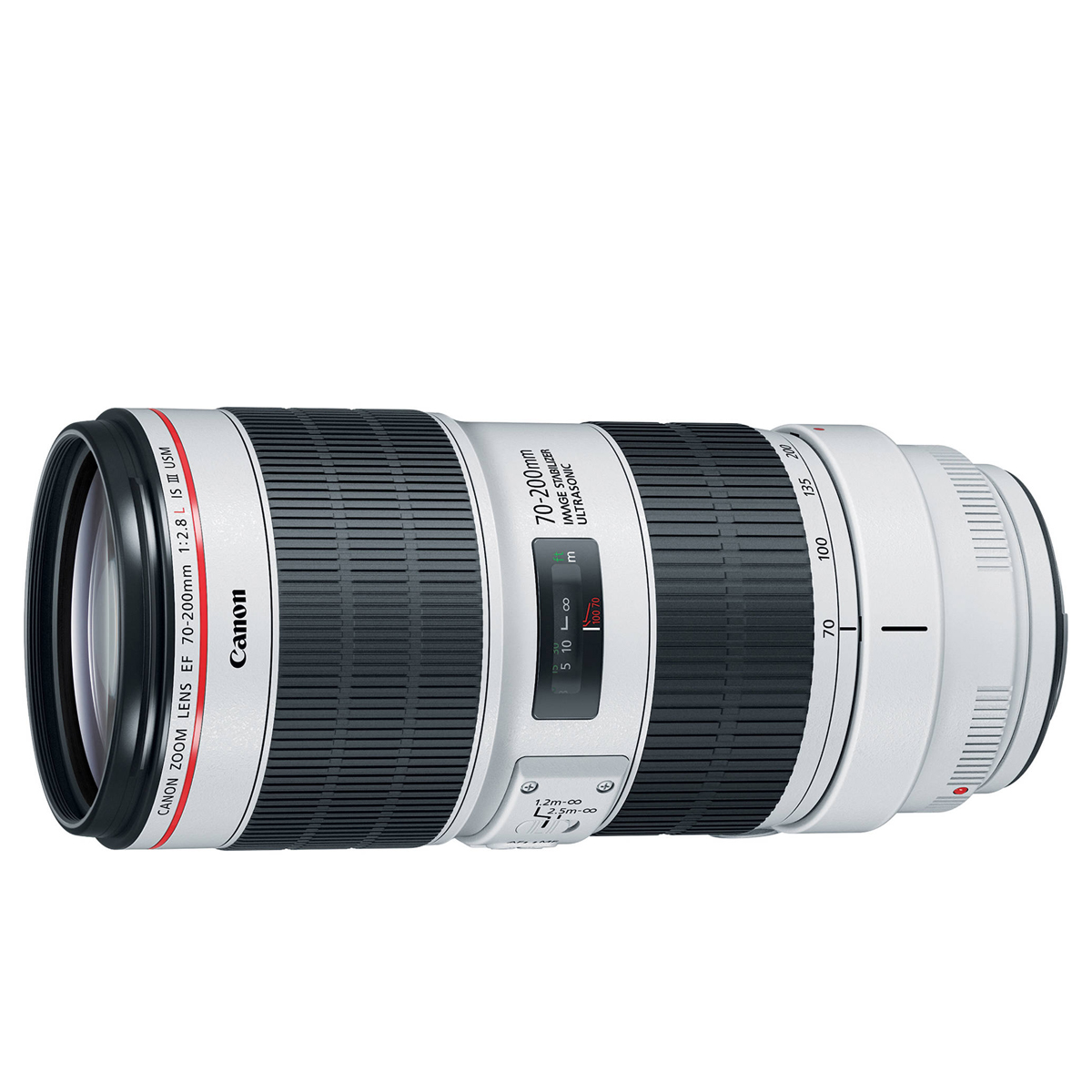
The latest and greatest of Canon's 70-200mm 'trinity' telephoto zoom is great for weddings, events and more besides. Read more below…
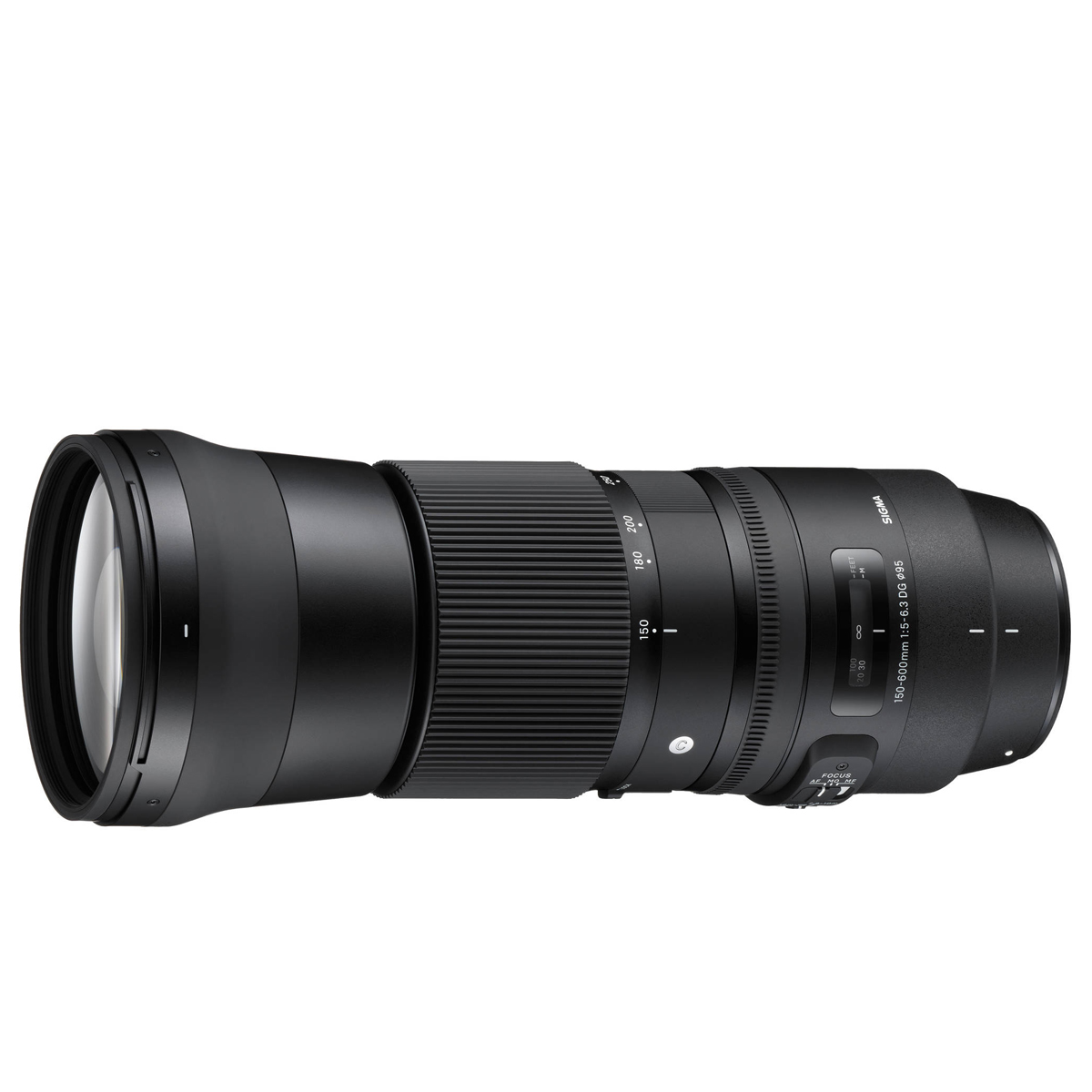
I like that this zoom is capable of getting very close to sports and wildlife subjects, but still keeps its weight manageable. Read more below…
View the full list ⤵
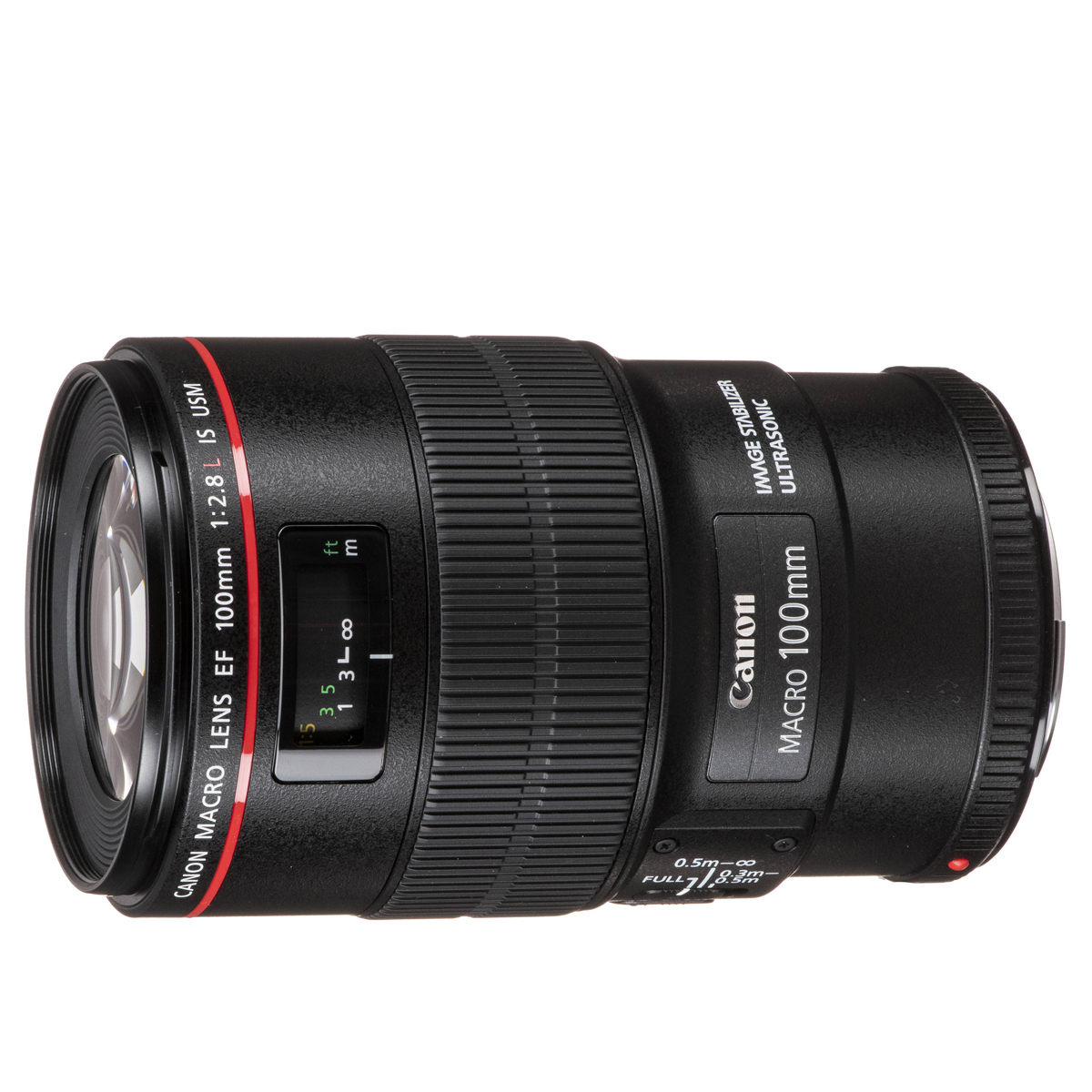
Expect superb detail in close-up shots with this accomplished macro lens, which gives you lifesize magnification. Read more below…
Best lenses for Canon 5D Mark IV
Why you can trust Digital Camera World
Best everyday lens for the 5D Mark IV
Specifications
Reasons to buy
Reasons to avoid
As one of the most common focal length ranges in a keen photographer’s repertoire, this is Canon’s best zoom lens, with a wide aperture of f/2.8 that stays constant throughout the zoom range. It’s perfect for landscapes, portraits and many other disciplines, whether indoors or out, thanks to its excellent weather sealing.
Competitor models may keep up with it in terms of sharpness, but few have the durable build and L-series quality wrapped up in one lens. However, I'd have liked to see image stabilization included, despite wide-angles and fast-aperture lenses needing it less.
Read more: Canon EF 24-70mm f/2.8L II USM review
Best wide-angle lens for the 5D Mark IV
Specifications
Reasons to buy
Reasons to avoid
Touted by Sigma as containing zero distortion, this Art-series lens is truly versatile. With a zoom range of 14-24mm, it lends itself well to landscape photography. However, the fast and constant f/2.8 aperture also suits wide-field astrophotography.
It’s designed to handle chromatic aberration well and shoot with streak-free results when aimed at bright light sources. It’s also compatible with the 5D Mark IV’s Lens Aberration Correction function, to further perfect optical characteristics.
Read more: Sigma 14-24mm f/2.8 DG HSM Art review
Best standard prime for the 5D Mark IV
Specifications
Reasons to buy
Reasons to avoid
Rightfully acknowledged as an all-time classic Canon lens, the EF 50mm f/1.8 STM delivers very good sharpness right out to the edges and corners and a responsive autofocus system. The real shock is how little it costs given its performance credentials – it’s one of the best deals a 5D Mark IV owner can find.
Personally, I've never been overly impressed with Canon's pricier EF 50mm f/1.4 USM lens, even though it's a little bit faster. That makes this f/1.8 lens an even better buy at its bargain price.
Read more: Canon EF 50mm f/1.8 STM review
Best portrait lens for the 5D Mark IV
Specifications
Reasons to buy
Reasons to avoid
An 85mm lens is widely thought of as the ideal focal length for portraiture - and I find that this prime offers the advantage of a wide f/1.4 maximum aperture to help me blur the background, and concentrate on the subject's eyes. Unlike many of its rivals, the Canon lens offers the distinct advantage of built-in image stabilization. Build quality is highly robust, with a shock-absorbing front barrel, comprehensive weather seals, and anti-glare coatings on the front and rear elements. Despite weighing a substantial 950g, the lens feels balanced on the EOS 5D Mark IV.
Wide-aperture sharpness is marginally less magnificent than from the Sigma 85mm Art lens but still pretty extraordinary. The quality of the bokeh is exceptional, with super-smooth blur and particularly minimal longitudinal or ‘bokeh’ fringing. The aperture remains more well-rounded when stopping down a little, compared with Canon’s alternative EF f/1.2 and f/1.8 85mm lenses.
Read more: Canon EF 85mm f/1.4L IS USM review
Best telephoto lens for the 5D Mark IV
Specifications
Reasons to buy
Reasons to avoid
A staple in any professional photographer’s kit bag, the Canon EF 70-200mm f/2.8L IS III USM combines a flexible telephoto zoom range with a wide constant aperture of f/2.8 for shallow depth of field portraits or maximizing light in dark scenes. 3.5 stops of image stabilization supplement the fast aperture to maintain faster shutter speeds handheld.
The lens benefits from Fluorite and UD optics and improved coatings to combat lens flare, and ghosting, and improve overall contrast and sharpness with minimal chromatic aberration no matter which end of the focal length range you’re shooting in.
Read more: Canon EF 70-200mm f/2.8L IS III USM review
Best super-telephoto lens for the 5D Mark IV
Specifications
Reasons to buy
Reasons to avoid
Telephotos with this sort of range are usually big and bulky, so Sigma has done well to restrict its weight to just under 2kg. This lens is really made for tripod-based shooting, but if the situation or personal preference demand handheld use, four stops of Optical Stabilization help to reduce the impact of camera shake, especially at the long end of the range, where the maximum aperture narrows to f/6.3.
Sigma also offers a more robust Sport edition of this lens, the 150-600mm f/5-6.3 DG OS HSM | S. However, the 'Sports' lens is about a kilogram heavier and I find it can literally be a pain for long periods of handheld shooting.
Read more: Sigma 150-600mm f/5-6.3 DG OS HSM | C review
Best macro lens for the 5D Mark IV
Specifications
Reasons to buy
Reasons to avoid
With a minimum focusing distance of 30cm the Canon EF 100mm f/2.8L IS USM reproduces subjects with a 1:1 ratio, meaning the space subjects take up in real life is the same on the image sensor. That means ultra-detailed and impeccably sharp results when shooting macro.
Not just a good macro lens, this fixed macro can also focus to infinity. The focal length makes it ideal for portraiture, with the fast f/2.8 aperture and longer focal length generating a flatteringly shallow depth of field. Image stabilization keeps handheld shots steady and sharp, while the UltraSonic Motor enables fast autofocus.
Read more: Canon EF 100mm f/2.8L IS USM review
Lab data and comparisons
The graphs below show the comparative performance of the lenses in this guide, based on our in-house lab tests. As you’ll notice, the Canon EF 100mm and EF 85mm lead the way for sharpness, while the Sigma 12-24mm shows a particularly good median value for distortion, especially for such a wide-angle zoom.
Scores for sharpness and color fringing are averaged from data taken across the entire image frame, from the center to the edges and corners, throughout the aperture range. For zoom lenses, the scores are also averaged from data measured at all marked focal lengths, and the same applies to distortion. Bear in mind that these average values don't fully reflect specific areas of performance. For example, a zoom lens might have noticeable barrel distortion at its shortest focal length, which is less obvious when everything is averaged out. For more detailed graphs of each lens's performance, take a look at the graphs published in our full standalone reviews.
How to choose the best lens for the 5D Mark IV
Do all Canon lenses fit the 5D Mark IV?
The 5D Mark IV uses the Canon EF mount, which means it works with all EF lenses. EF lenses are designed for use with full-frame Canon DSLRs such as the 5D series, and there’s a wide selection to choose from.
The 5D Mark IV can’t use Canon EF-S lenses, which are made for APS-C Canon DLSRs. These lenses don’t physically fit to the EF lens mount.
The 5D Mark IV can’t use Canon RF or EF-M lenses, which are designed for mirrorless Canon cameras.
If you later upgrade to a Canon R-series mirrorless camera, you can continue to use your EF lenses on your new camera if you buy a Canon Mount Adapter EF-EOS R.
How do I know which lens to get for my 5D Mark IV?
The reason there are so many types of lens in the first place is that different scenes demand different lens designs, particularly when it comes to focal length and aperture rating.
Usually, you will decide what you want to photograph, then get a lens with the focal length that suits the situation. For example, to shoot landscapes you will need a wide-angle lens, while for sports and wildlife you will need a telephoto.
You can watch this video that explains focal length: it helps you work out what kind of lenses you need for different genres of photography.
How we test lenses
The lens experts in our testing lab run a range of tests under controlled conditions, using the Imatest Master testing suite. Photos of test charts are taken across the range of apertures and zooms (where available), then analyzed for sharpness, distortion and chromatic aberrations.
We use Imatest SFR (spatial frequency response) charts and analysis software to plot lens resolution at the centre of the image frame, corners and mid-point distances, across the range of aperture settings and, with zoom lenses, at four different focal lengths.
There's more to it than just the technical side, though! Beyond the lab, our reviewers test lenses in real-world environments – and sometimes on professional shoots! We work with lenses both indoors and outdoors, in studio conditions and in natural light, with as many different subjects as is possible (or appropriate – there's no point testing a landscape lens' ability to shoot a portrait!).
We take into account everything from handling and ease of use to speed of autofocus and the overall quality of the images produced.
Find out more about how we test and review on Digital Camera World
The best camera deals, reviews, product advice, and unmissable photography news, direct to your inbox!
Jase Parnell-Brookes is an award-winning photographer, educator and writer based in the UK. They won the Gold Prize award in the Nikon Photo Contest 2018/19 and was named Digital Photographer of the Year in 2014. After completing their Masters Jase has spent a good chunk of two decades studying and working in photography and optics shooting and writing all over the world for big-name brands and media outlets. Now the Channel Editor for Cameras and Skywatching at Space.com their speciality is in low light optics and camera systems.
